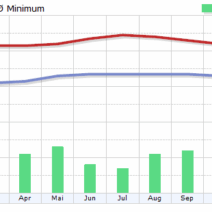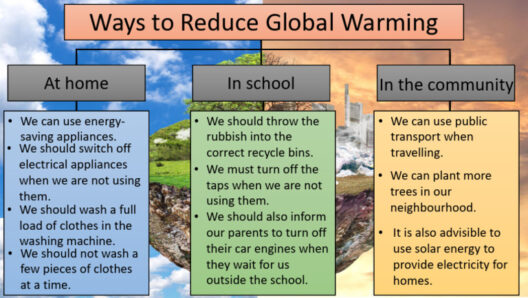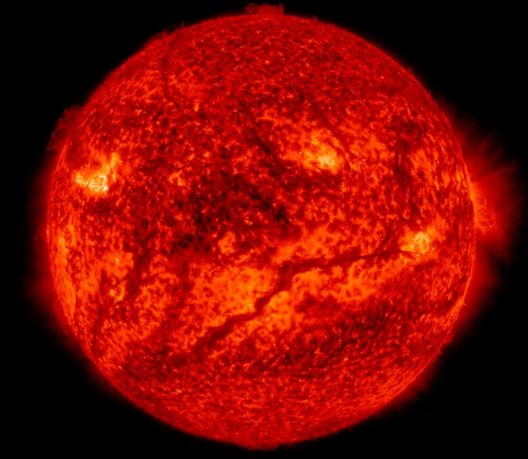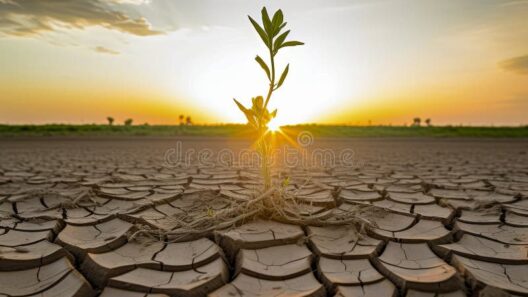Virginia, steeped in rich history and geographical diversity, exhibits a climate that is as multifaceted as its past. The state experiences four distinct seasons, each contributing a unique character to the overall climate. This article delves into the climatic conditions throughout the year, the implications of these patterns, and how they have historically shaped both the environment and human activity in the region.
Virginia’s climate can be classified as a humid subtropical climate, characterized by hot summers and mild winters. However, local variations exist due to the diverse topography, ranging from the Atlantic coastline to the Appalachian Mountains. This geographical range generates microclimates that impact weather patterns significantly.
Winter: A Chilly Embrace
As winter descends upon Virginia, typically from December to February, temperatures can plummet, particularly in the western mountainous regions. In these areas, snowfall is common, creating picturesque scenes reminiscent of a winter wonderland, ideally suited for activities such as skiing and snowboarding. The average temperature statewide during these months hovers around 30 to 40 degrees Fahrenheit.
In coastal regions, winters are relatively mild, with temperatures seldom dropping below freezing. However, cold fronts can lead to sharp temperature drops, providing a stark reminder of the seasonal transition. The occurrence of winter storms, bringing ice and heavy snow, poses challenges for transportation and infrastructure, and serves as a pivotal point of discussion for climate adaptation strategies relevant to urban planning.
Spring: A Flourishing Awakening
With the onset of spring, typically between March and May, Virginia undergoes a remarkable transformation. The warming temperatures catalyze the blossoming of flora, with cherry blossoms and dogwoods becoming iconic visuals of the season. Average temperatures range from 50 to 70 degrees Fahrenheit, creating a pleasant environment for outdoor enthusiasts and agricultural activities alike.
Spring also marks the beginning of the rainfall season, as Virginia experiences increased precipitation, essential for replenishing groundwater reserves. While this is conducive to crop growth, it also raises concerns regarding erosion and run-off, particularly in the context of increasing agricultural pressures and climate change impacts. Spring serves as a critical period for Virginians to engage in conservation practices and adopt sustainable agricultural techniques.
Summer: A Scorching Reverie
As the sun reaches its zenith, summer envelops Virginia from June through August. This period is characterized by high humidity and temperatures soaring between 80 and 90 degrees Fahrenheit, occasionally exceeding 100 degrees during heatwaves. The heat is most palpable in urban centers, where concrete and asphalt absorb and radiate warmth, exacerbating the phenomenon known as the urban heat island effect.
Moreover, summer precipitation is frequently realized through thunderstorms, which can lead to flash flooding in susceptible areas. Being cognizant of these patterns is essential for disaster preparedness and community resilience. This torrid season highlights the importance of water conservation measures, as increased temperatures intensify evaporation rates. The climate during this period raises critical questions regarding energy consumption, particularly with air conditioning usage skyrocketing, prompting discussions around renewable energy sources and efficiency improvements.
Autumn: A Pensive Reflection
As summer wanes, autumn ushers in a tapestry of colors across Virginia’s landscapes, with foliage transforming into vibrant hues of red, orange, and yellow. This scenic transition from September to November is accompanied by a gradual cooling, with temperatures ranging from 50 to 75 degrees Fahrenheit. The crisp air invites outdoor activities, as many Virginians partake in hiking and visiting orchards for apple-picking.
Autumn is also a critical time for agronomy, as crops are harvested before winter sets in. The climate during this season signals the necessity for preparations for the approaching cold months, further emphasizing the cyclical nature of environmental stewardship. It is imperative for communities to engage in dialogues about sustainable forestry practices and ecosystem management, ensuring the preservation of natural resources for future generations.
Climate Trends and Indications
While the four seasons delineate Virginia’s climatic identity, it is crucial to acknowledge the broader atmospheric trends that have emerged in recent years. Climate change is increasingly influencing weather patterns, with rising average temperatures and shifting precipitation patterns. These changes portend impacts on ecosystems, agriculture, and public health, underscoring the urgency for robust environmental policies and collective action to mitigate adverse effects.
Virginia finds itself at a crossroads. The historical understanding of its climate fosters a greater appreciation for the interconnectedness of natural systems and human dependency on them. By analyzing seasonal weather patterns, Virginians can better prepare for future challenges and seize opportunities for enhancing resilience.
Conclusion
In summation, the climate of Virginia, with its four seasons, is a vibrant reflection of the state’s rich history and cultural heritage. Each season offers unique aspects that impact the local environment, economy, and societal interactions. By understanding these seasonal shifts and their implications, Virginians can cultivate a sustainable future in harmony with the intricate patterns of nature.








